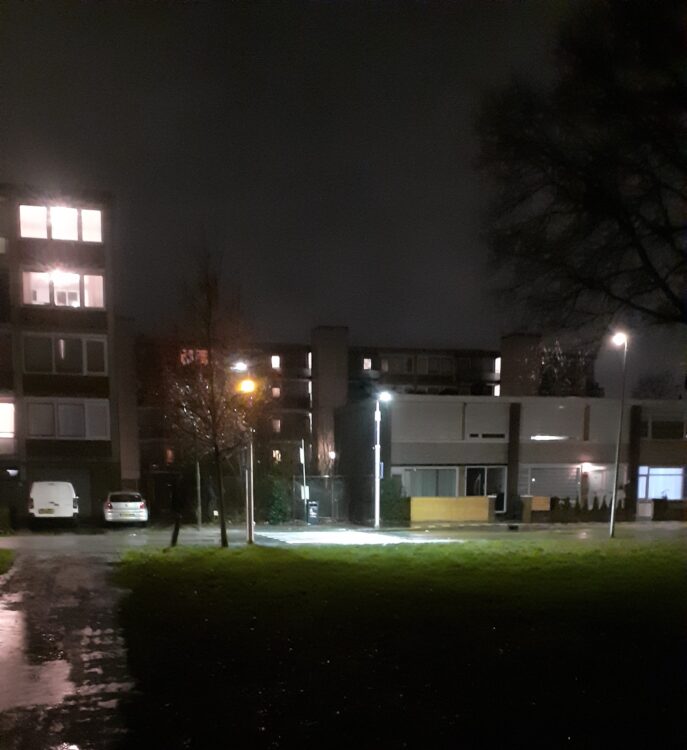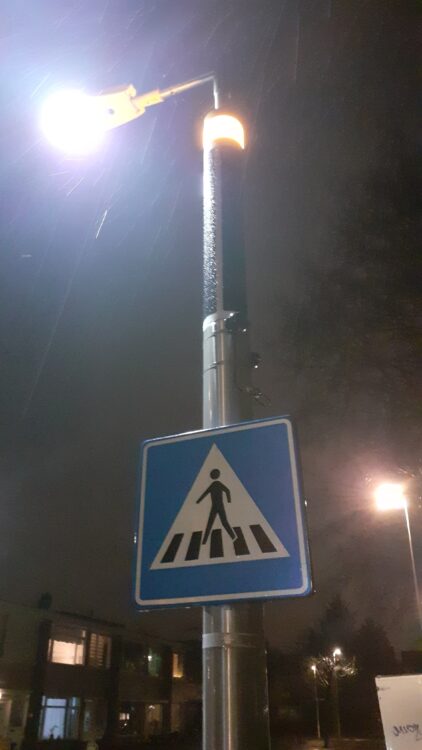
LIMITS in Computing
Last year I attended the LIMITS 2022, posting about the experience here. The organizers have just published the following call for papers for the 2023 workshop:
The LIMITS workshop concerns the role of computing in human societies situated in a world of limits*. This interdisciplinary group of researchers, practitioners and scholars seek to reshape the computing research agenda, grounded by an awareness that contemporary computing research is intertwined with ecological limits in general, and climate- and climate justice-related limits in particular. LIMITS 2023 solicits submissions that move us closer towards computing that support diverse human and non-human lifeforms and thriving biospheres.
* For example, limits of extractive logics, limits to a biosphere’s ability to recover, limits to our knowledge, or limits to technological “solutions”.
Call For Papers
We welcome scholarship by researchers, engineers, designers, and artists who are investigating and/or (re)designing computing systems that engage with pressing ecological and social issues. We also invite works that build on previous LIMITS work, such as provocations from earlier LIMITS gatherings (e.g., Unplanned Obsolescence, LIMITS 2017), that broadens the understanding of LIMITS (e.g., Age of Consequences, LIMITS 2015), that explores our own limits (e.g., Computing within Psychological Limits, LIMITS 2015), that explores strategies for working in a LIMITed world (e.g., Limits-aware computing, LIMITS 2015), or that design and/or build transitional systems (e.g., Solar-powered website, LIMITS 2021). Transitional systems attempt to (re) design, implement, and/or evaluate a real-world or hypothetical socio-technical computing system in response to “implications for design” raised by earlier LIMITS papers or LIMITS-related scholarship in the areas of computing and sustainability, computing and climate-justice.
We also encourage authors to consider the stories they tell and reify through their work. As Costanza-Chock reminds us, “Stories have power”. They ask us to consider, “(…) what stories are told about design problems, solutions, contexts, and outcomes? Who gets to tell these stories? Who participates, who benefits, and who is harmed?” (Costanza-Chock 2020 p. 134)
Key Dates
Abstract registration deadline: March 17, 2023, 11:59pm AOE
Paper submission deadline: March 31, 2023, 11:59pm AOE
Paper reviews available: April 28, 2023
Camera ready deadline: May 19, 2023
LIMITS Workshop: June 14-15, 2023
In 2023, LIMITS will be a virtual, distributed workshop. We welcome participants to organize local gatherings or “LIMITS-hubs” that encourage community-building and sharing of infrastructure.
Reach out to Elina (elina(at)kth.se) if interested. I will be there.






